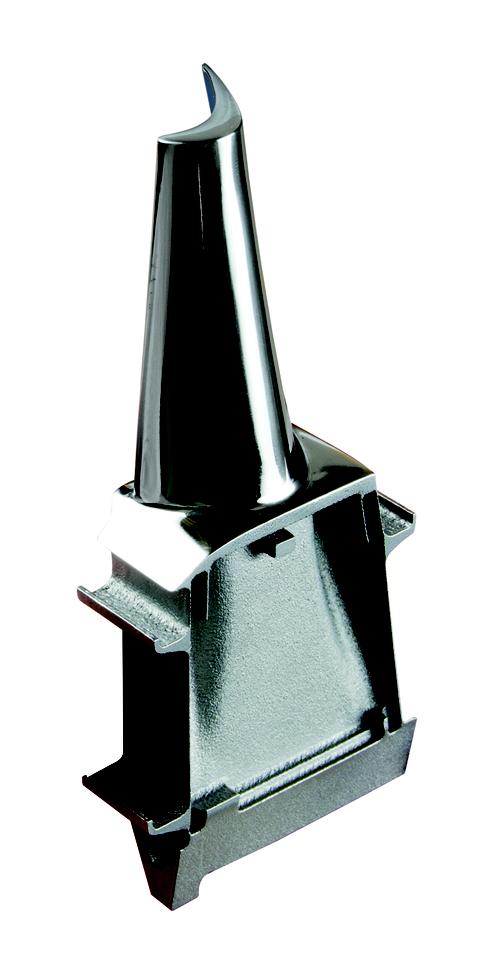December 9, 2015

Rumor has it that direct metal laser sintering, or DMLS, is going to put machine shops out of business. To everyone but shop owners and their employees, it's an exciting thought; DMLS produces fully dense parts made of stainless steel, aluminum, titanium, and even Inconel and cobalt chrome alloy, to tolerances of a few thousandths of an inch and with features smaller than the tip of a pencil.
Provided the parts fit within a roughly cubic foot, DMLS is a suitable option for a range of applications -- everything from bearing housings to valve bodies can be quickly and easily printed. This should make conventional machining of these parts as obsolete as biplanes. No more need for highly paid CNC programmers, no risk of broken endmills, no worry over an incorrect cutting tool length offset ruining one's day. Just upload a part design and press "Go," right? Not really.

Lessons in manufacturability
DMLS is an excellent choice for rapid prototyping and even limited production of a variety of parts that are otherwise impossible to manufacture, but it is not going to replace machining for a long time to come, if ever. As David Bentley, metals production manager at Proto Labs explains, if a part can be machined through conventional means, then that is nearly always the best choice. "One simple example is a square block of steel. This is very easy to make on a CNC machine, but is actually quite difficult with DMLS," he said. "However, if you were to hollow the block out and put a bunch of fine detail inside, it's just the opposite. For parts like this, DMLS is the clear choice."
An end user that has taken special notice of DMLS's capabilities is the aerospace industry. Because DMLS can generate nearly any shape imaginable, it has the ability to make lightweight but strong components with extremely thin walls and delicate lattice structures, hollow or organic shapes, complex internal geometries, and other part features that are either too expensive or too difficult to machine. This provides designers with the latitude to do things they've never done before.
One of these is part consolidation to reduce the bill of materials. By combining the components in a multi-part assembly into just one or two super parts, assembly and manufacturing costs can be greatly reduced while improving product integrity. "We see some great examples of this," Bentley said. "Look at what GE has done with the fuel injector assembly for its Leap engine, where designers took the total number of parts from 20 to just a single DMLS-generated one. That's a prime example of an aerospace company embracing what this technology can do."
Opening manufacturing doors
Rob Connelly, vice president of additive manufacturing technologies at Proto Labs, said component reduction is definitely one of the primary design targets for aerospace companies. "It's where they can get the most bang for the buck with additive manufacturing (AM). The individual components in a traditional assembly are usually made that way for reasons of manufacturability -- because you have to reach a certain feature with a cutter, for example, or be able to break it out of a mold," he said. "Those design tradeoffs disappear with DMLS. It allows designers to combine parts, reduce weight, and achieve functionality like never before."
DMLS makes it possible to put material exactly where it's needed. Support struts, reinforcing ribs, honeycomb structures, and arched buttresses -- these features enhance a part structurally while adding very little weight. "It's very difficult to do this with conventional manufacturing technologies," Connelly said.
About the Author(s)
You May Also Like





